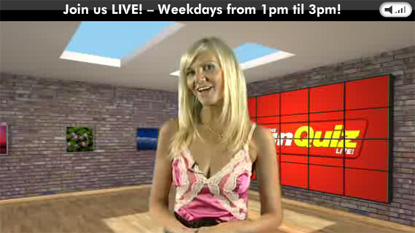This is a breakdown of a short sequence made for an ITV drama called The Fattest Man in Britain. The taxi has a rig following it that holds the camera in a fixed position above the taxi, looking down on it. Unfortunately this kind of rig needs stabilising and in this case 2 cables were run to the front of the taxi. A slight issue there is that the 2 cables were now visible in 4 separate shots.
I tracked each shot in Syntheyes bringing the 3D data into Softimage. Simple 3D geometry was put in place with camera projected textures, individually airbrushed so that the wire was removed in each. When rendered and comped with mattes, the cables were no longer an issue.






